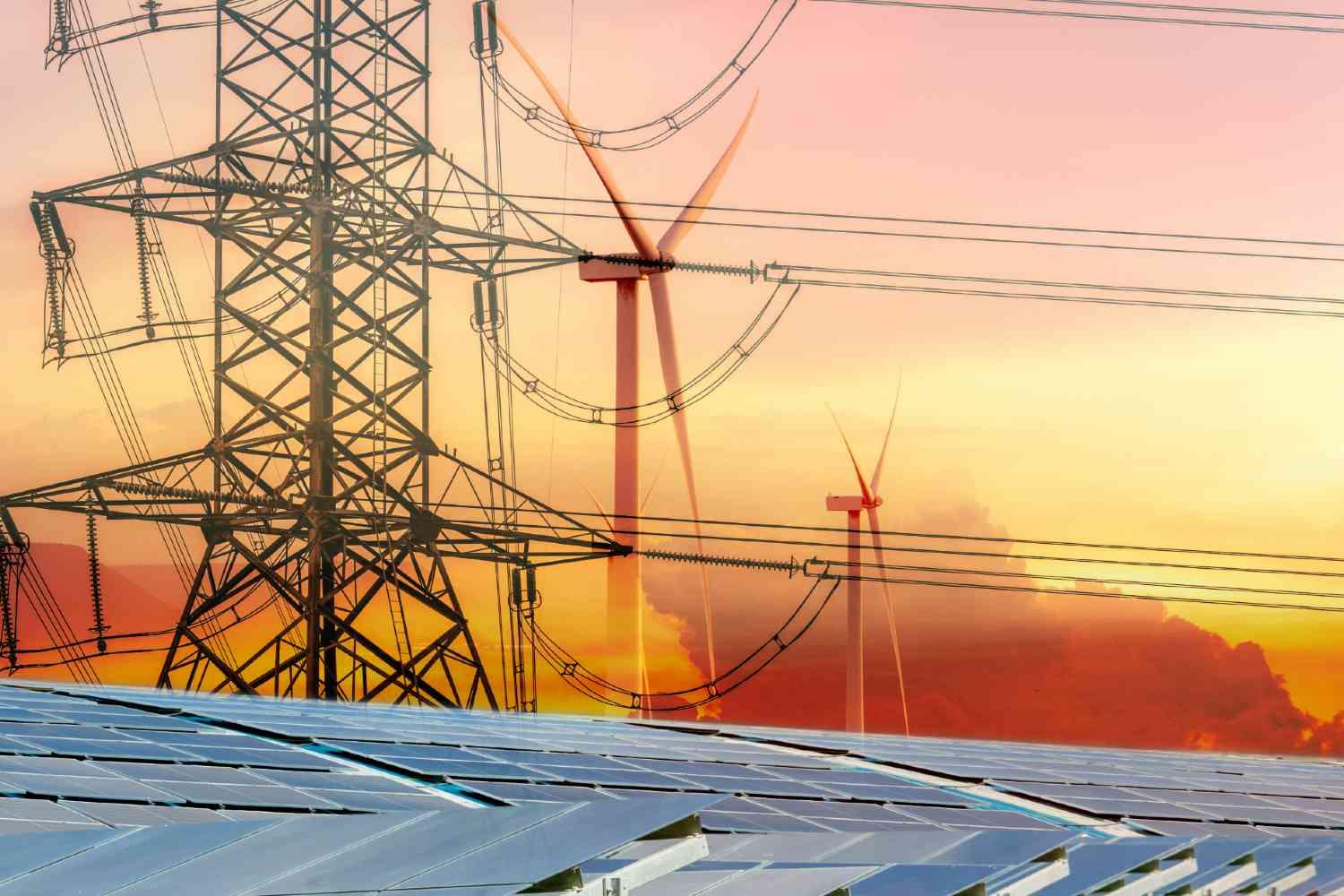Africa-Press – Sierra-Leone. Global independent energy research and business intelligence company Rystad Energy hosted a webinar on 24 January that explored market challenges and economic opportunities for the power and renewables sector in 2023.
During the webinar, participants examined the plans, targets and policies implemented by developers, investors and policymakers across the world while investigating how additional renewable energy capacity will serve to limit global warming to 1.6°C.
Moderated by Craig Jamieson, Vice President, Commercial New Energies at Rystad Energy, the webinar featured the participation of Carlos Torres Diaz, Senior Vice President and Head of Power Research; Muhammad Bilal, Vice President for Renewable Energy; Alexander Dobrowen Fløtre, Vice President and Head of Wind Research; and Marius Mordal Bakke, Senior Analyst, Solar Supply Chain at Rystad Energy.
Opening the discussion, Diaz discussed the amount of additional renewable energy capacity that will be required to limit global warming to below 1.6°C, exploring how the power system will evolve in the coming decades and what the investment trends will be over the next 30 years.
“It’s important to ask ourselves how the power system will evolve over the next 30 years,” stated Diaz, adding, “Overall, we are seeing a change in the industry. If we compare the investments in renewables to oil and gas, we see that in 2022, investments in renewables have been higher than in fossil fuels and this trend is expected to continue into next year.”
Diaz went on to note that, between 2010 and 2022, power generation investment trends have tended to focus primarily on solar PV and onshore and offshore wind power, while gas and coal power generation have continued to grow over this period. With demand for electricity projected to grow exponentially between 2023 and 2050, calls to phase out fossil fuel power generation have been noted as a requisite to limit global warming to 1.6°C, with Diaz highlighting that by 2050 gas and coal power generation will account for a small share of power generation.
Various challenges faced by the renewables sector include investment and logistics, with it being noted that, despite hydropower generation representing a strong source of energy supply, most of the highest potential hydropower locations have already been developed. Meanwhile, hydrogen fuel currently faces a number of technological and economic challenges, with the cost of producing hydrogen estimated at approximately $100 per MWh while coal-fired energy costs as low as $60 per MWh.
Despite these challenges, however, there are numerous opportunities within the renewable energy space, with renewable capital investment estimated to have been $500 billion in 2022, facilitated by soaring demand, long-term incentives and improved capacity development.
“Countries all over the world are working towards upgrading their grids,” Bilal stated, adding, “From 2021 to 2022, there is a large increase in storage, onshore and offshore wind, and solar capacities. There is a lot of hope for hydrogen taking its share in renewables.”
With total capital expenditure in the global offshore wind industry projected to double to $100 billion by 2030, electricity generation capacity for the sector is expected to grow five-fold by the end of the decade from 60 GW in 2022. It is projected that over 50% of the capital expenditure in offshore wind will be directed towards manufacturing and installation.
“The most short-term growth is coming from projects that are currently under construction,” stated Fløtre, adding, “Towards the end of this decade, we will see more capacity coming from the development zone, which still needs to be awarded. 2022 showed a record year for offshore wind auctions and we expect to see that growing quite significantly in 2023 as well.”
Meanwhile, despite the global shift towards renewables in the wake of the energy transition, the solar energy sector faces various short-term challenges, particularly based on supply chain constraints for cells, modules, wafers and polysilicon.
“We see that no planned capacities are being added on to polysilicon, which is due primarily to the high cost of polysilicon manufacturing,” stated Bakke, adding, “If we are to expand on this power in Europe, to reach our goals, we would need to keep importing cells and modules.”
For More News And Analysis About Sierra-Leone Follow Africa-Press






